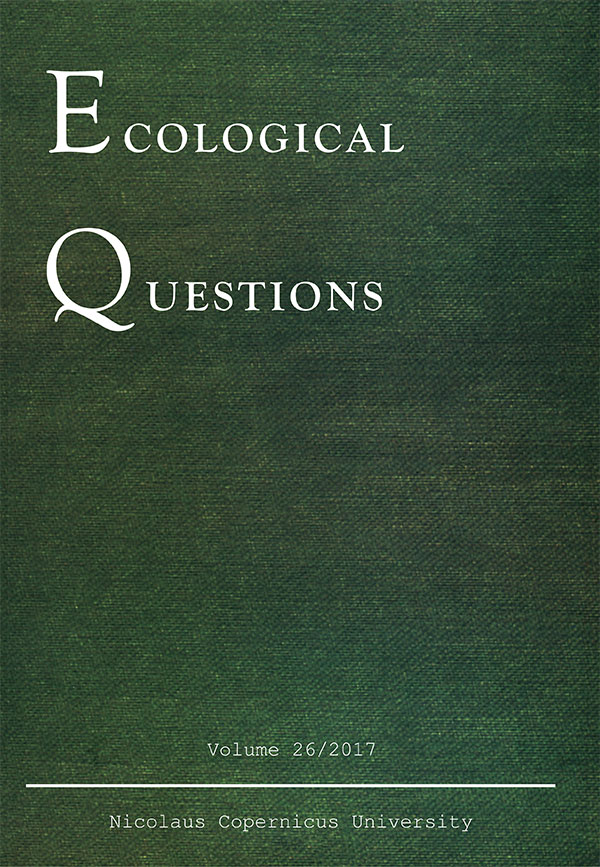Subrecent pollen assemblages of bottom sediments on the south of the European part of Russia
DOI:
https://doi.org/10.12775/EQ.2017.019Keywords
pollen analysis, the Don River, the Sea of Azov, forest-steppe and steppe zonesAbstract
This paper presents the new data of the study of subrecent pollen assemblages of bottom sediments on the south of the European part of Russia. Pollen analysis of the forest-steppe and the north steppe zones assemblages have shown that trees pollen reached about 50% of the pollen spectra. Arboreal pollen was represented by Pinus, Betula, Alnus and Salix and broad-leaved trees such as Quercus, Ulmus, Tilia. Pollen analysis of southern steppe zone – seabed deposits of the Sea of Azov and the Tsimlyansk reservoir have shown that herbaceous pollen (up to 80-90% in some sites) was dominated mainly by Chenopodiaceae in pollen assemblages. According to the results obtained from forest-steppe and steppe zones, compositions of pollen assemblages of seabed the Sea of Azov and the Don River deposits represents the modern steppe vegetation.References
Grichuk V.P., 1940, Method of treatment of the sediments poor in organic remains for the pollen analysis, Problems of Physical Geography 8, Moscow: 53–58.
Matishov G.G., 1986, World Ocean and Glaciation of the Earth, Mysl, Moscow.
Matishov G.G., Kovaleva G.V., Novenko E.Yu., Krasnorutskaya K.V. & Polshin V.V., 2013, Paleogeography of the Sea of Azov region in the Late Holocene (reconstruction by diatom and pollen data from marine sediments), Quaternary International 284: 123–131.
Matishov G.G., 2006, Seismic profiling and mapping of recent bottom sediments of the Azov Sea, Doklady Earth Science 409(6): 853–860.
Downloads
Published
How to Cite
Issue
Section
Stats
Number of views and downloads: 367
Number of citations: 0



